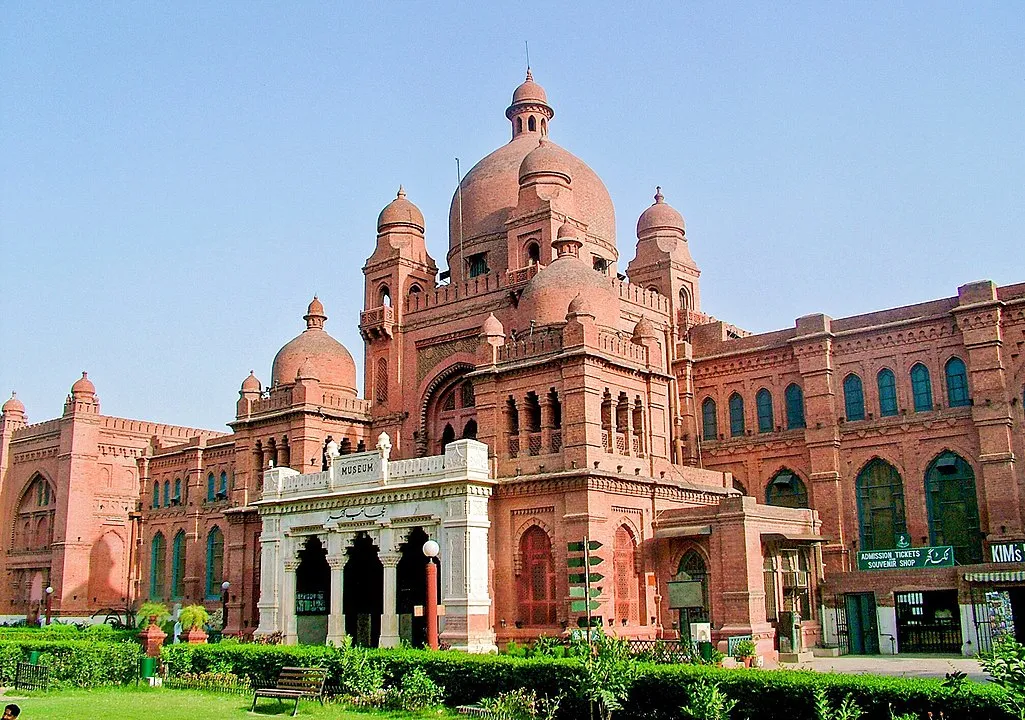- Historical places to visit in Lahore offer a captivating journey through time, from the iconic Badshahi Mosque and Lahore Fort to the symbolic Minar-e-Pakistan.
- Delve into Sikh history at Nankana Sahib, the revered birthplace of Guru Nanak, and pay homage at the splendid Ranjit Singh Samadhi.
- Uncover the city’s Mughal legacy at Masjid Wazir Khan, Gulabi Bagh Gateway, and the Shalimar Gardens, each boasting unique architectural marvels and historical resonance.
Nestled in the heart of Punjab, Lahore boasts an unexplored cultural history that unveils itself through a myriad of archaeological sites and monuments. The city stands as a testament to the rich tapestry of Pakistan’s past, offering travellers and South Asian history enthusiasts an opportunity to delve into its captivating heritage.
Lahore is often hailed as the ‘Heart of Pakistan,’ and is one of the oldest cities in South Asia. Lahore has witnessed the rise and fall of empires, and the preservation of architectural marvels that narrate stories of bygone eras. This sprawling metropolis holds within its boundaries a treasure trove of historical sites.
Here are the 10 best historical places to visit in Lahore that promise to take you on a journey through time:
Badshahi Mosque: The Crown Jewel of Lahore’s Skyline
Standing tall with its intricate Mughal architecture, the Badshahi Mosque is an iconic symbol of Lahore and tops the list of historical places to visit in Lahore. Built during the reign of Emperor Aurangzeb, this majestic mosque offers not only a spiritual retreat but also a visual feast for those marveling at its grandeur. Constructed with intricate red sandstone carvings, the architecture and design of the structure draw significant inspiration from Indo-Greek influences. The marble flooring and meticulous detailing on the walls contribute to enhancing the overall aesthetic appeal of the location. One can visit daily, from 8 AM to 8 PM.

Lahore Fort: A Citadel of Mughal Legacy
Adjacent to the Badshahi Mosque, the Lahore Fort unfolds the grandeur of Mughal architecture. With its stunning Sheesh Mahal (Palace of Mirrors) and historic gates, the fort echoes tales of Mughal emperors and their opulent lifestyles.

Minar e Pakistan
Minar-e-Pakistan, a historic site in Lahore, commemorates the 1940 Pakistan Resolution. Guarded by soldiers, this 70m tall tower symbolizes liberty and patriotism. Built in the 1960s, it features 162 stairways representing key figures. Although the lift is non-functional, the surrounding parks offer a serene atmosphere. Inside, fountains and Ranjit Singh’s tomb add to the site’s richness, though currently inaccessible for security reasons. Despite restrictions, Minar-e-Pakistan remains a top tourist attraction, encapsulating the nation’s history and spirit.

Also Read:
Jumbo Jump Karachi: Ticket, Timings, Location & More Details
Ranjit Singh Samadhi: Honoring the Lion of Punjab
Dedicated to Maharaja Ranjit Singh, the Lion of Punjab, this mausoleum stands as a tribute to one of the most revered Sikh rulers. The stunning architecture and historical resonance make it a must-visit site.
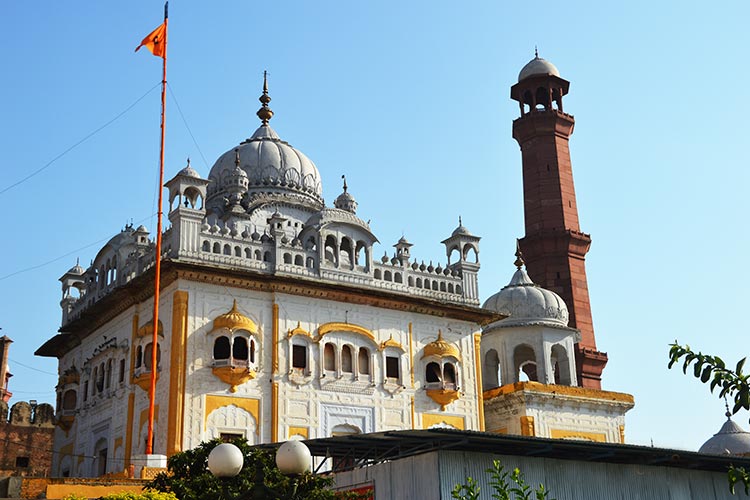
Masjid Wazir Khan
Wazir Khan Masjid stands among Lahore’s historical treasures, showcasing the cultural legacy left by Mughal and Sikh emperors in the Eastern province. Constructed by Muslim architects in the 17th century, the mosque’s intricate tiling, notably the Kashi-Kari mosaic tiles, captures the essence of its historical charm. The seven-year construction period, initiated in 1634 and completed in 1641, produced a masterpiece that emanates awe and astonishment. Commissioned during Emperor Shah Jahan’s reign, the mosque’s architectural splendour is complemented by the Shahi Hamam baths and 32 ornate cloisters, creating a majestic ambiance within its religious premises.
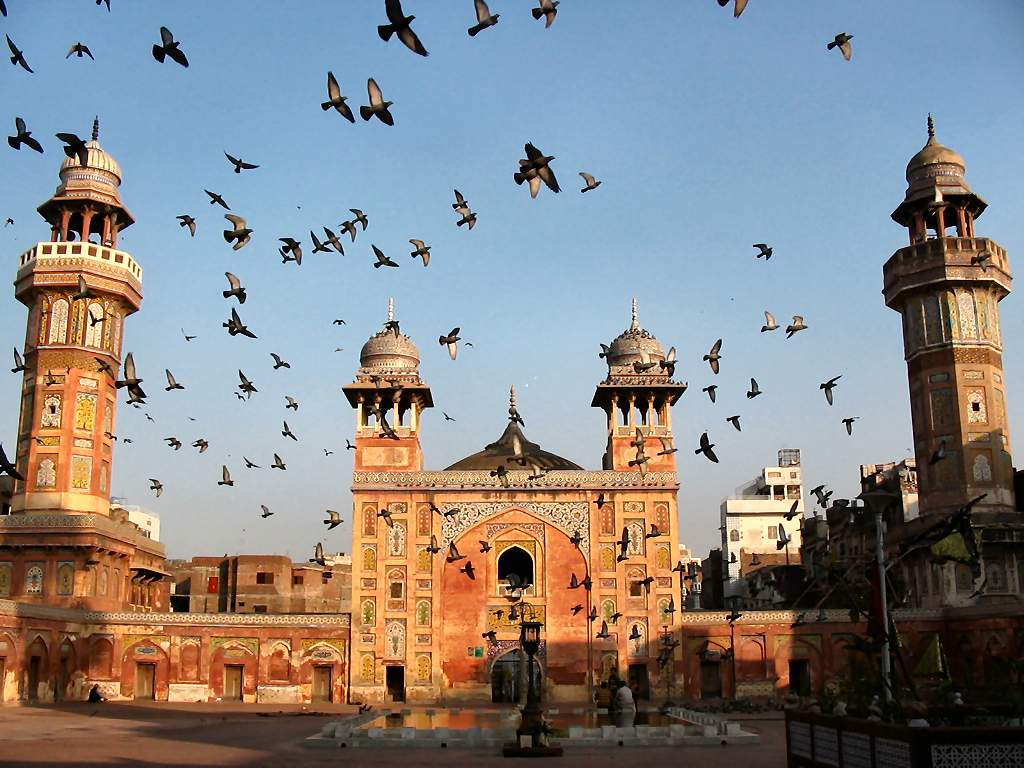
Gulabi Bagh Gateway
Gulabi Bagh is famed for the Tomb for Dai Anga, a gateway to Mughal-era gardens. Built in 1655 by Mirza Sultan Baig, it later transformed into a tomb in 1671. Honoring Shah Jahan’s wet nurse, Dai Anga, the mausoleum showcases captivating mosaic-style architecture. Positioned on the outskirts of Lahore’s Walled City, this historical site with its intriguing tiled pattern is a must-visit, offering a brief but fascinating glimpse into the city’s rich heritage.
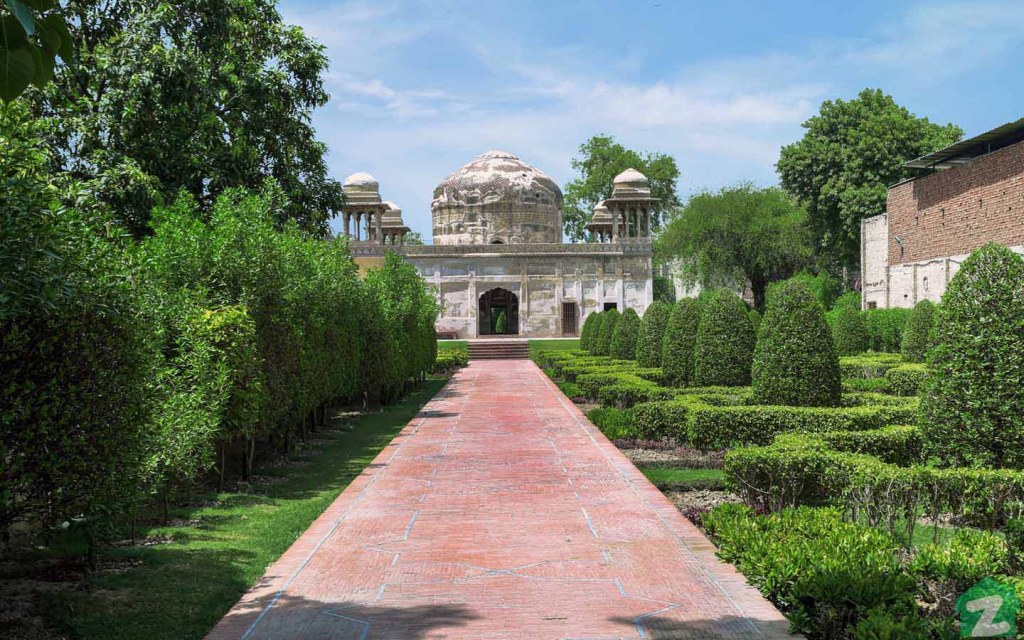
Haveli of Nau Nihal Singh
Nau Nihal Singh, Maharajah Ranjit Singh’s grandson, left a remarkable legacy with his high-rise Haveli near Mori, Bhatti, and Lohari gates in Lahore. Built in the 1840s, this grand mansion boasts stunning Sikh architectural details, including gold paintings, mirrors, and decorative elements like glass and faux flowers. Today, repurposed as the Victoria Girls High School, the Haveli remains an unexplored gem worth visiting for its rich history and opulent design.

Nankana Sahib
Nankana Sahib, located 1.5 hours west of Lahore, holds immense significance for the Sikh community. Named after Guru Nanak, the founder of Sikhism, the city houses nine prominent Gurdwaras where Guru Nanak started preaching. Formerly part of the Sheikhupura district, Nankana Sahib gained independent recognition in 2005 to spur development. The primary Gurdwara, Nankana Sahib, is believed to be at Guru Nanak’s birthplace and attracts millions of Sikh pilgrims annually. A visit to this holiest Sikh site, just outside Lahore, promises a profound experience, but it’s essential to ensure modest clothing to respect religious customs.
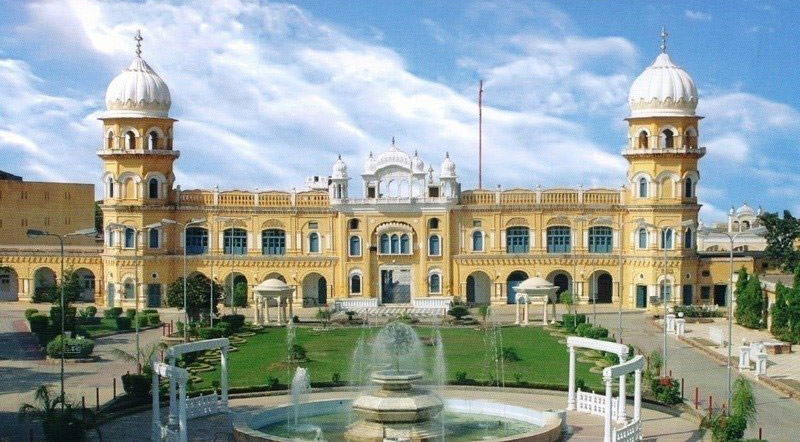
Also Read:
7 Must Visit Places in Hunza Valley This Summer
Lahore Museum: A Glimpse into the Past
For a comprehensive journey through Lahore’s history, the Lahore Museum stands as an invaluable repository. From Gandhara sculptures to Mughal artifacts, this museum showcases the diverse cultural influences that have shaped the region.

